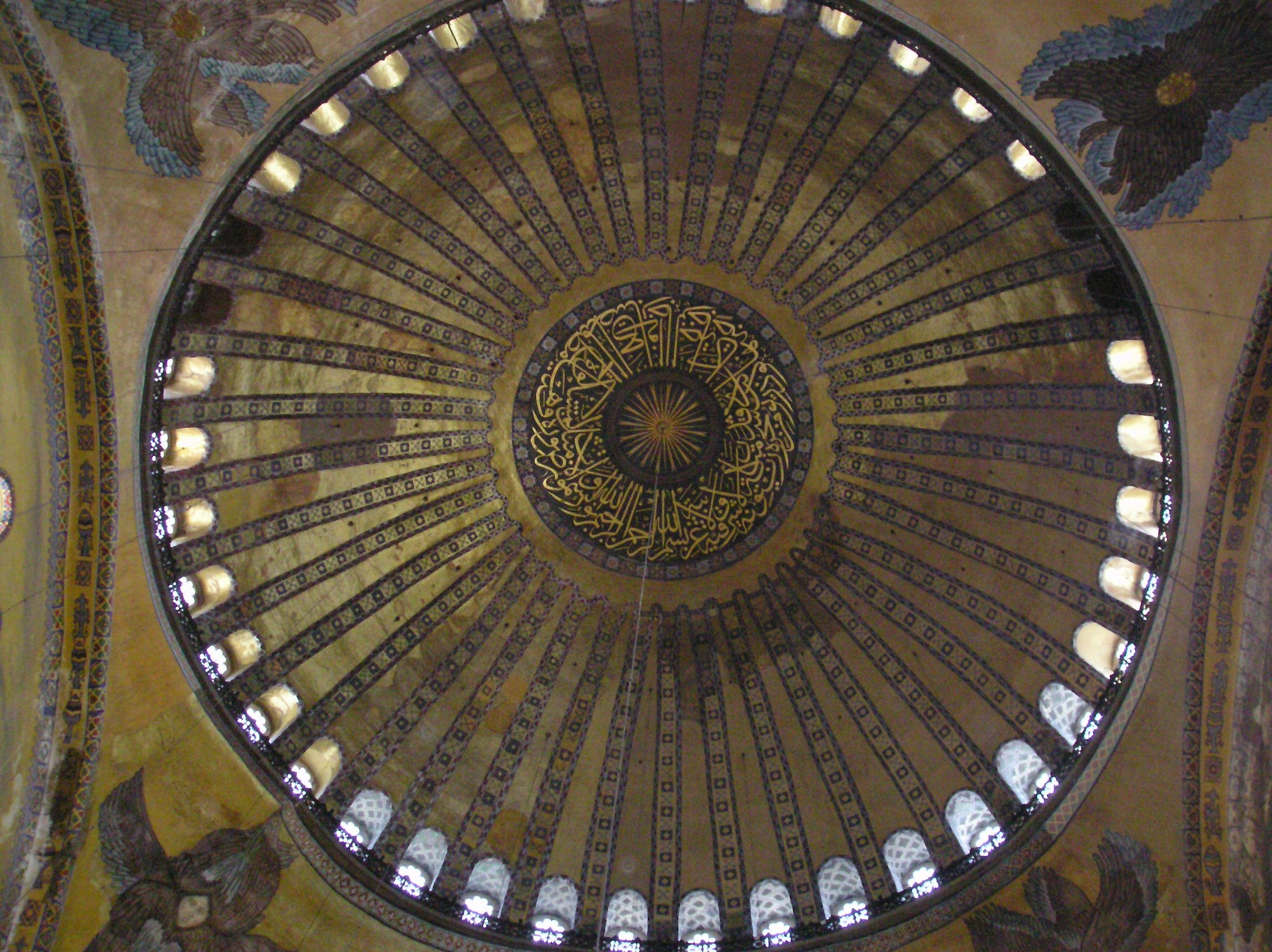In his recent article, Does Singleness Show Heaven? author Matthew Capone argues there is no biblical warrant to conclude that singleness in this life witnesses to or anticipates the life to come. More than that, he concludes that earthly singleness is a “not good” reality whose only consistently unique comfort is found in the knowledge that it will one day cease.
Login to read more
Sign in or create a free account to access Subscriber-only content.
Topics:
